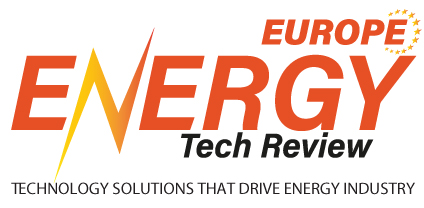Hydrogen is a hot topic of discussion in the energy industry today, with much debate about whether it is ready for deployment now. Hydrogen’s scalability and flexibility make it a pragmatic choice for a variety of successful applications in both the near term and long term, but can it be viable energy solution that addresses today’s decarbonization concerns?
Hydrogen Types and Use Applications
Detailing the rainbow of hydrogen types can be a lengthy discussion, but the two primary types available today are ‘blue’ (from fossil fuel with carbon capture and sequestration) and ‘green’ (from water). Either one can meet the US Department of Energy (DOE) definition of “clean hydrogen” produced with a carbon intensity of less than 2 kg CO2e per kg of hydrogen produced.
Many hydrogen production projects are rapidly coming online, but as in all markets, it is the consumer that will decide successes and failures. This usually means the most cost-effective solution will advance.
Hydrogen end-users vary widely. Often referred to as an energy carrier, hydrogen has diverse applications including power generation, energy storage, industrial processes and transportation. The main uses today include petroleum refining and fertilizer production, but hydrogen is primed and ready to support rapidly expanding markets and applications.
Newly available federal funding initiatives and aggressive decarbonization goals across a range of industries are driving the current surging interest in advancing a hydrogen-based economy. Hydrogen’s scalability and flexibility as an energy carrier make it an important asset for the decarbonization of traditionally hard-to-decarbonize heavy industrial and transportation-related emission sources that will be required to meet mid-century global warming targets.
The growth of the hydrogen market is evidenced by private sector investment in a variety of global-scale hydrogen production projects across the United States. These early investors in hydrogen technology are being flanked by additional billions of investments through the Infrastructure Investment and Jobs Act (IIJA) (i.e., Regional Clean Hydrogen Hub Funding) and the Inflation Reduction Act (IRA) (i.e., Production Tax Credit (PTC)). But much of this investment is aimed at tomorrow.
Is Hydrogen a ‘Go’ Today?
The short answer is, ‘Yes, but…’
The longer answer is we can make hydrogen today easily, and with the IRA production tax credit, it can be done at price approaching that of gray (fossil fuel with no carbon capture) hydrogen. However, the end user market needs to catch up and help clarify the best applications for the long term.
Because of its versatility, hydrogen can be used for a variety of applications, including chemicals, transportation, steel, buildings, refining and power generation. This makes it a viable energy carrier or feedstock for almost any industry and end user. Hydrogen can also store more energy per unit of mass than other fuels, like gasoline or natural gas, which is a major pro. However, on a volume basis it can be a challenge for pipeline transport and energy contracts, as well as energy storage.
“Often referred to as an energy carrier, hydrogen has diverse applications including power generation, energy storage, industrial processes and transportation.”
So, we still need to figure out where and how to use hydrogen effectively as a means of decarbonizing at a competitive cost. Overall, it is not yet economically competitive. Significant investment and regulations will be required to assess and build essential distribution and storage networks. Regional Clean Hydrogen Hub projects will help overcome these constraints as they fully develop, and as projects ramp up, various governmental agencies will need to address gaps in the existing regulatory framework and industry will need more process safety engineers to address safety requirements.
Implementing Hydrogen Today and Tomorrow
Despite some of the current constraints, there are pragmatic reasons to advance hydrogen projects now. And as pilot programs advance and define best practices, applications, and technologies, we’ll gain breakthroughs and efficiencies for the future.
The pressure to decarbonize is increasing and action will eventually be required across the country. Steel and automotive manufacturers, heavy trucking, airlines, rail, maritime, power generation facilities and even fertilizer production – all which currently struggle to decarbonize processes and operations – can gain benefits as early adopters of hydrogen as an energy carrier or feedstock. Implementing projects that lower emissions nets long term value creation and a sustainable transition for companies. Taking a proactive approach now on this emerging solution also has benefits for supply chain, public perception, and customer loyalty.
Hydrogen is a Safe Bet for the Future
While these projects can be complex and there is much we must still learn and discover, the early applications will help us determine how to use hydrogen most pragmatically and efficiently in the future. And although the industry will be working with hydrogen at an unprecedented scale, we can comfortably leverage knowledge, expertise and best practices from similar and well-established energy fields, including solar, wind and natural gas to make true progress toward a cleaner energy future.












